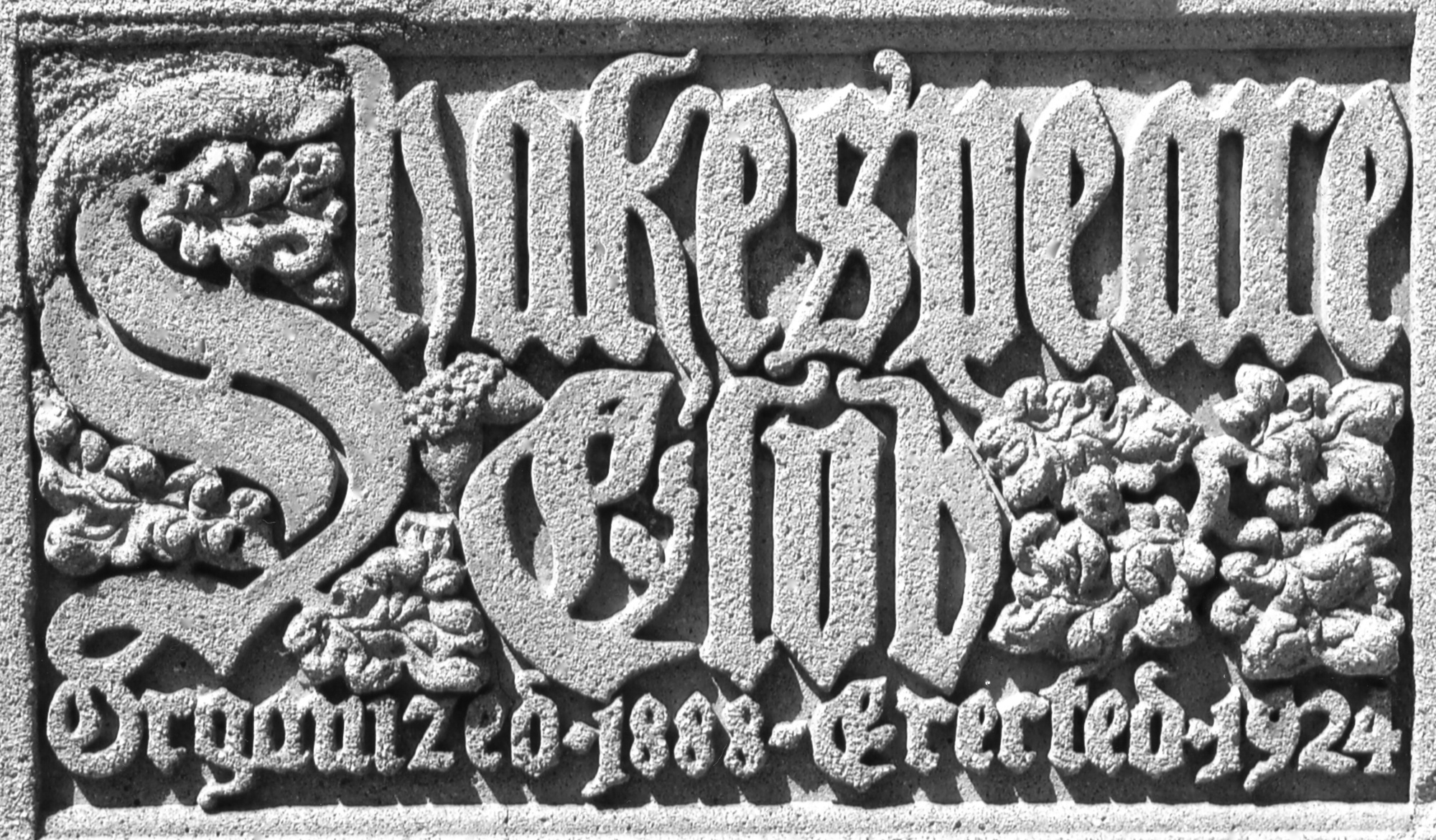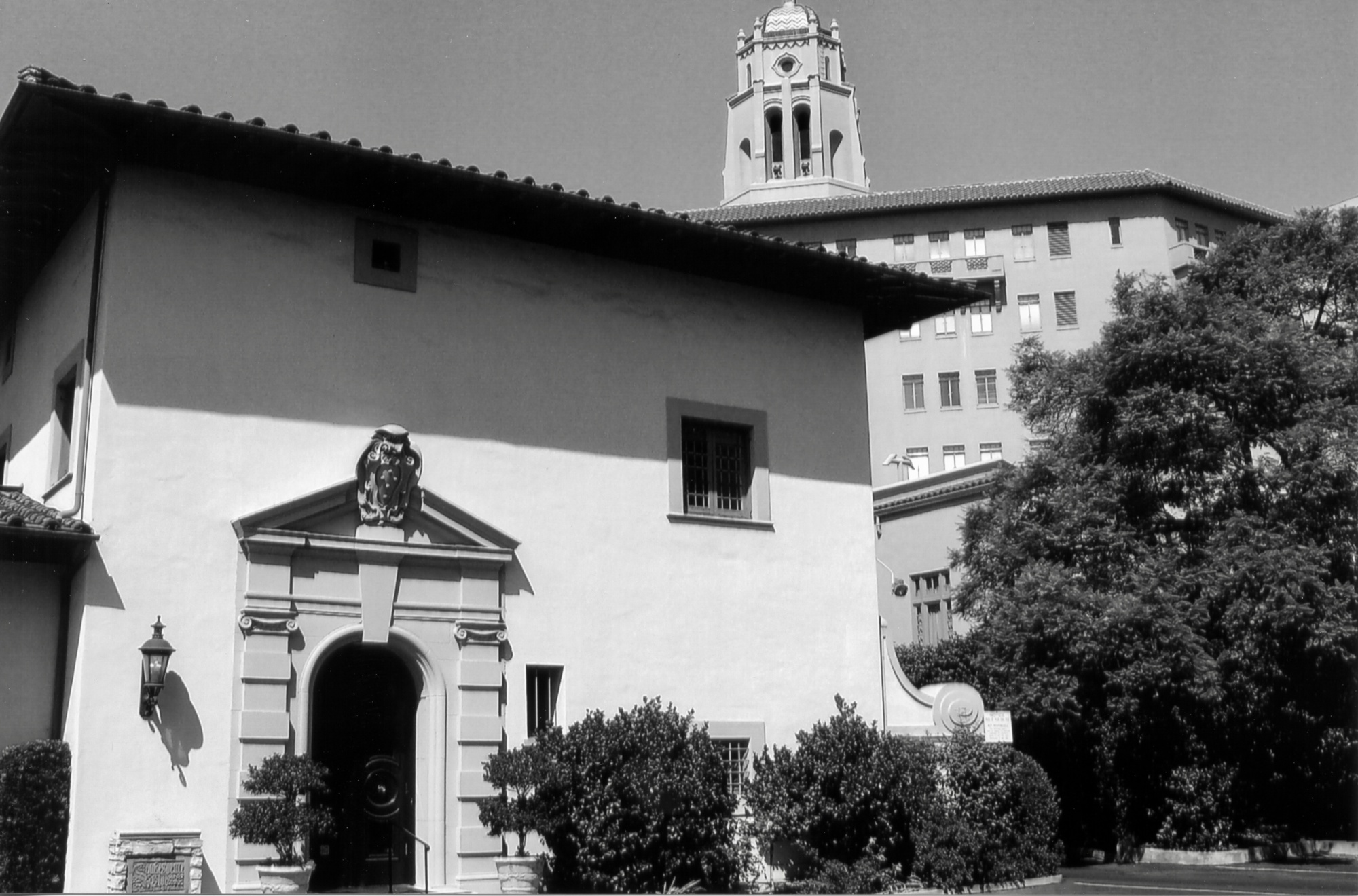Rick Thomas Collection | Shakespeare Club (vintage photo postcard)
In the late 1800s, Women’s Clubs were formed in several burgeoning cities of San Gabriel Valley. Members consisted of highly-influential community leaders. None more so than the Shakespeare Club of Pasadena.
The City of Pasadena is built on a bedrock of fine residential neighborhoods. During the early 1900s, Pasadenans focused their attention to the beautification of public and commercial areas of the city. Women’s organizations were at the forefront of this movement.

According to Ann Scheid’s Historic Pasadena, “The Shakespeare Club, already known as one of Pasadena’s oldest and most prestigious women’s clubs, sponsored lectures by city planning experts to promote major construction and city works projects.” Soon after, a new post office was proposed; then a new library, city hall, and public parks.

Today, the Shakespeare Club is a cultural icon in the region. Its influential members are every bit as determined as its founding members. The club’s leadership role and numerous community partnerships is unsurpassed in its efforts to help guide the city toward a prosperous and preservation-minded future.
I will say this too, when you are asked to be a guest speaker at the Shakespeare Club, it’s an honor you’ll never forget.
Throwback Thursday is written and produced by Rick Thomas















.png)








Really nice article – thank you, Rick!
Candace L. Campbell, Historian
Shakespeare Club